Loading...
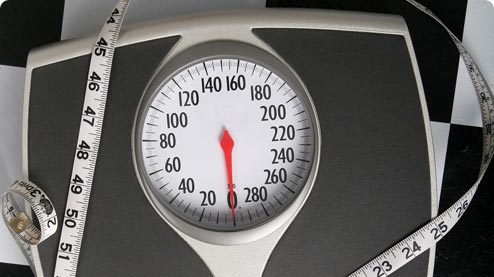
If you cut just 100 calories a day, you could lose a pound a month—as many as 12 pounds in a year. But where do those 100 calories come from, and how can you eliminate them from your diet? Here, we show you how.
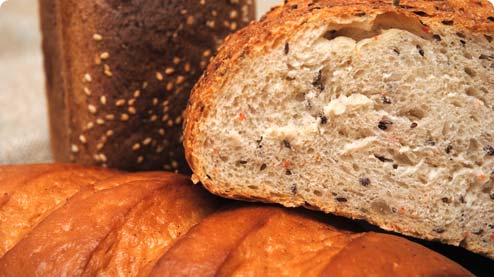
1. Skip the Bread
Those one or two slices you devour before your meal can pack on an extra 60 to 200 calories.
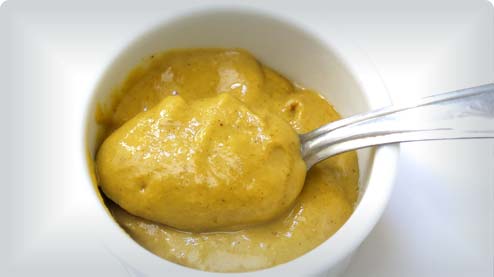
2. Choose Mustard Over Mayo
While most mayo brands pack 100 calories into just one tablespoon, the average serving of mustard contains only three.

3. Divvy Up Dessert
Split a piece of cheesecake with a friend. Eating half instead of a whole piece could save you up to 150 calories and 10 grams of fat (not to mention a few dollars, too).
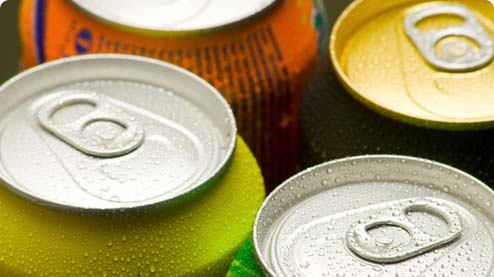
4. Stop the Pop
Drink water instead. Or, for a refreshing twist, try seltzer with lemon or lime.
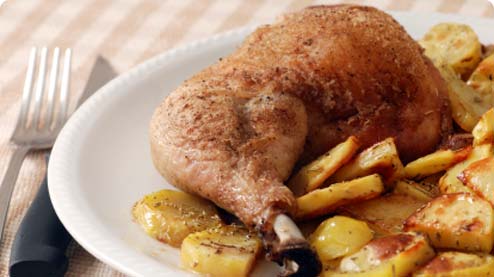
5. Forgo the Frying
Enjoying a serving of roasted chicken instead of fried chicken can save you as much as 150 calories in one meal.
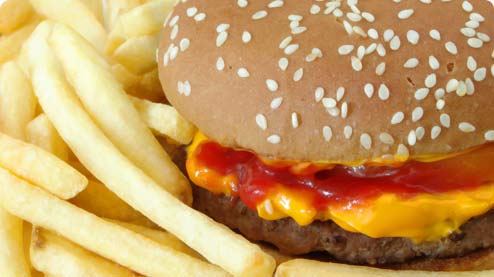
6. Don't Supersize
You don't even have to skip the fries altogether. Simply downsizing to a medium instead of a large will save you up to 188 calories.
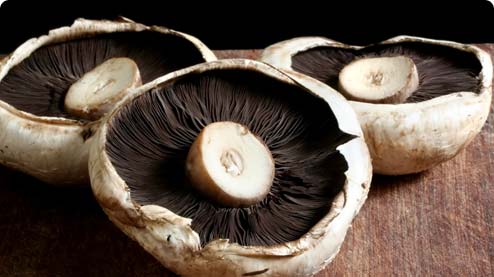
7. Mesh with Mushrooms
Substituting some portabella mushrooms for a couple ounces of beef will reduce your calorie intake by over 100.
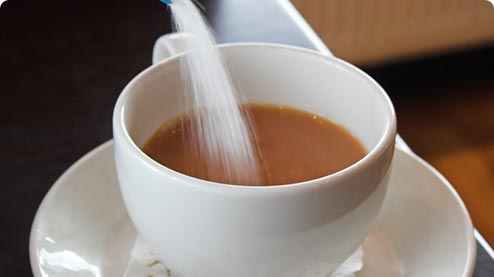
8. Slash the Sugar
When ordering a cup of morning joe, do you get whipped cream on top? Next time, say no, and you'll cut 100 calories before you even start your day.
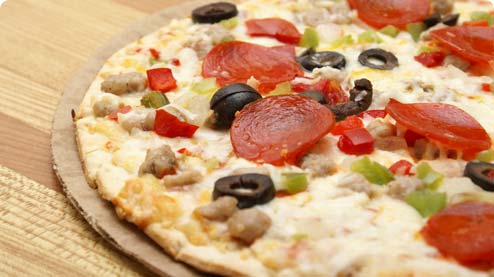
9. Think Thin
Eating two slices of thin crust pizza instead of thick pan pizza could save you about 160 calories. Skipping the pepperoni on those two pieces will eliminate another 80
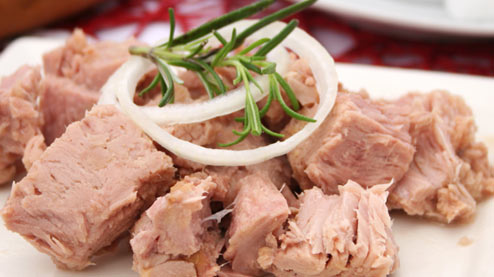
10. Eliminate the Oil
If you like tuna fish, one of the simplest swaps you can make is to eat tuna packed in water instead of tuna packed in oil. This will save you about 140 calories.
=======
Loading...
4 Symptoms of GERD
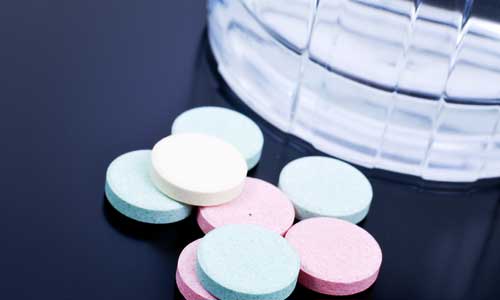
4 Symptoms of GERD
Normally, when you eat and drink, the muscle at the bottom of your esophagus (called the lower esophageal sphincter, or LES) closes off so food and liquid remain in your stomach. However, because of three chief reasons, GERD can occur: The esophagus's normal defenses are overwhelmed by the acid content of the stomach, the contents of the stomach are too acidic, or the food is not cleared from the esophagus fast enough.
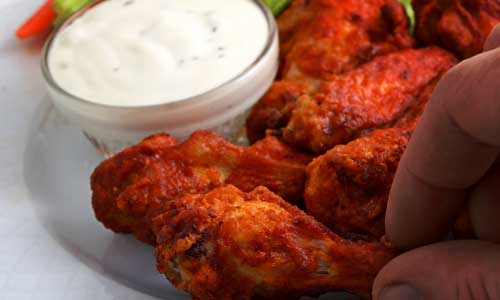
Frequent Heartburn
One of the most common symptoms of GERD in adults is frequent heartburn. Also called acid indigestion, this burning-type pain is felt in the lower part of the mid-chest, behind the breast bone, and in the mid-section of the abdomen.
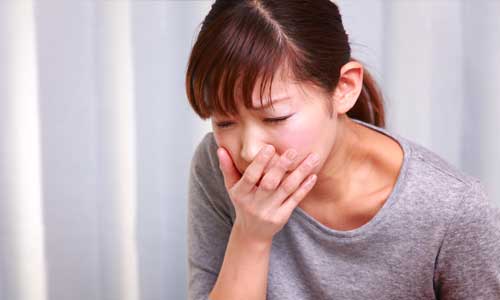
Regurgitation
Regurgitation is the appearance of refluxed liquid in the mouth. In most individuals with GERD, usually only small quantities of liquid reach the esophagus, and the liquid remains in the lower esophagus. Occasionally, larger quantities of liquid, sometimes containing food, are refluxed and reach the upper esophagus.

Hoarseness
If refluxed acid gets past the upper esophageal sphincter, it can enter the throat and even the voice box, causing hoarseness or a sore throat.
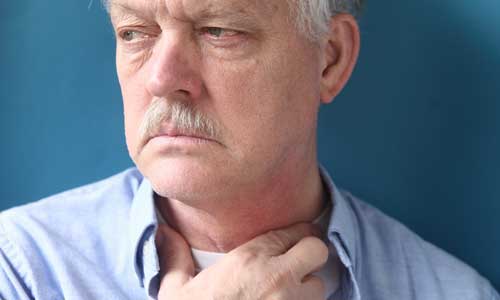
Difficulty Swallowing
Also called dysphagia, difficulty swallowing can occur when food does not pass normally from the mouth through the esophagus to the stomach. There may be a sensation of chest pressure, food sticking in the throat, or a feeling of choking.
|
|  |
|





